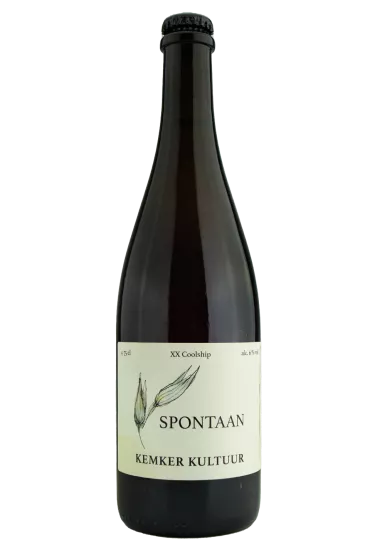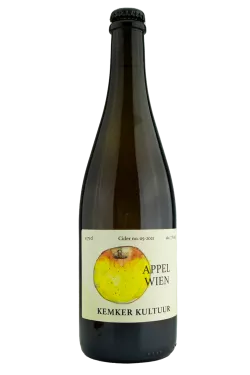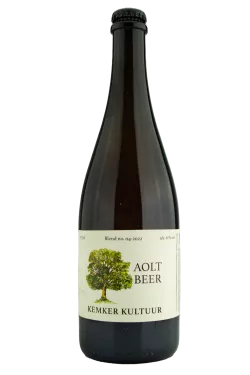
spontaan
Notify me
Enter your email address here to be informed once as soon as the article is available again.
Spontaneous fermentation is for the brave among brewers. Yeast has been added to conventional beer for centuries to initiate controlled fermentation. Before that, however, only wild yeasts were used for fermentation, because there was no cultivated brewer’s yeast and the miraculous effect of the fungus had not yet been discovered. Back then, the fermentation process was triggered by wild yeasts that stuck to grain husks or the outside of herbs and other ingredients, or that were in the air.
Today, this type of fermentation is being rediscovered: more and more breweries are daring to experiment with wild yeasts, releasing beers fermented spontaneously. The big challenge with this technique is the lack of control. With traditional strains of yeast, fermentation is largely predictable and controllable, with wild yeasts you never really know how many actually made their way into the brew and to what extent they will work.
Jan Kemker is someone who naturally cannot escape such exciting topics. The head of Kemker Kultuur therefore naturally also has a wild ale in his range: his brew was made with organic grain that came from the field next to the brewery and matured in wine barrels for 22 months. It tastes of blood orange, wine-soaked oak and red grapes.
- Content
-
0,75 Liter Bottle
- Brauerei
-
 Kemker Kultuur
Kemker Kultuur
- Bierothek® ID
- 10447007
- Weight
- 0.74kg(1.39kg with packaging)
- Deposit
- € 0.15
- LMIV
- Responsible food business operator (EU)
Brauerei Jan Kemker, Wettendorf 1, 8351
Everswinkel - Alverskirchen Deutschland(DE)
- Beer region
- Deutschland
- Beer style
- barrel-aged beers , multigrain beers , sour beers , UK/US Ales
- Food recommendation
- Starter: Mushroom soup
Main course: Game with cranberries and dumplings
Dessert: Onion cake - Alcohol content
- 6 % vol
- Original wort
- 11 ° Plato
- Ingrediants
Water, barley malt, oats , hops, yeast


